 W
W812 Adele is an elongated Eunomia asteroid from the central regions of the asteroid belt. It was discovered on 8 September 1915, by Russian astronomer Sergey Belyavsky at the Simeiz Observatory on the Crimean peninsula. The presumed S-type asteroid has a rotation period of 5.9 hours and measures approximately 13 kilometers in diameter. It was likely named after the character "Adele" in the opera Die Fledermaus by Johann Strauss.
 W
WKundry is an S-type asteroid belonging to the Flora family in the Main Belt. Its rotation period is 12.605 hours.
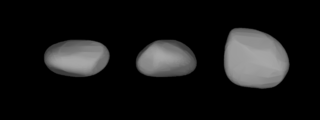 W
W675 Ludmilla is a minor planet orbiting the Sun. It was named after Mikhail Glinka's opera Ruslan and Lyudmila.
 W
WPapagena is an asteroid that was discovered by German astronomer Max Wolf on June 7, 1901. Its provisional name was 1901 GN.
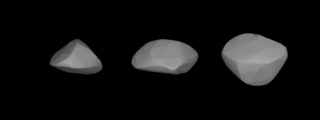 W
WRezia is a minor planet orbiting the Sun. It was discovered by Max Wolf on March 20, 1904. It is named for a character in the 1826 opera Oberon by Carl Maria von Weber. Among the 248 discoveries by Wolf, he also discovered 527 Euryanthe and 529 Preziosa on the same day.
 W
W900 Rosalinde is an elongated background asteroid from the inner regions of the asteroid belt, that has a mean-diameter of approximately 19 kilometers. It was discovered on 10 August 1918, by astronomer Max Wolf at the Heidelberg-Königstuhl State Observatory in southwest Germany. The lengthy S/D-type asteroid has a rotation period of 16.6 hours. It was likely named after "Rosalinde", a character in the operetta Die Fledermaus by Johann Strauss II.
 W
WRosamunde is an S-type asteroid belonging to the Flora family in the Main Belt. Its diameter is about 19 km and it has an albedo of 0.243 . Its rotation period is 9.336 hours.
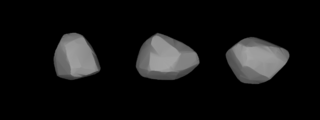 W
WSenta is a minor planet orbiting the Sun that was discovered by German astronomer Max Wolf on 16 November 1904, from Heidelberg.
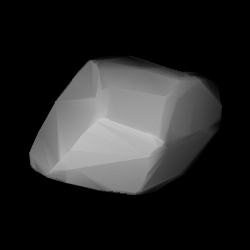 W
W877 Walküre is a dark background asteroid from the inner regions of the asteroid belt, approximately 38 kilometers in diameter. It was discovered on 13 September 1915, by Russian astronomer Grigory Neujmin at the Simeiz Observatory on the Crimean peninsula. The carbonaceous F/C-type asteroid has a rotation period of 17.4 hours and is likely elongated in shape. It was named after the female spirit Valkyrie from Norse mythology, best-known from Wagner's opera Die Walküre.
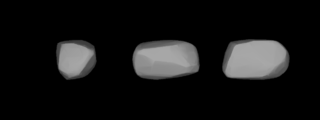 W
WZerlina, provisional designation 1904 NW, carbonaceous Palladian asteroid from the central region of the asteroid belt, approximately 18 kilometers in diameter. It was discovered by German astronomer Max Wolf at the Heidelberg-Königstuhl State Observatory on 12 April 1904.